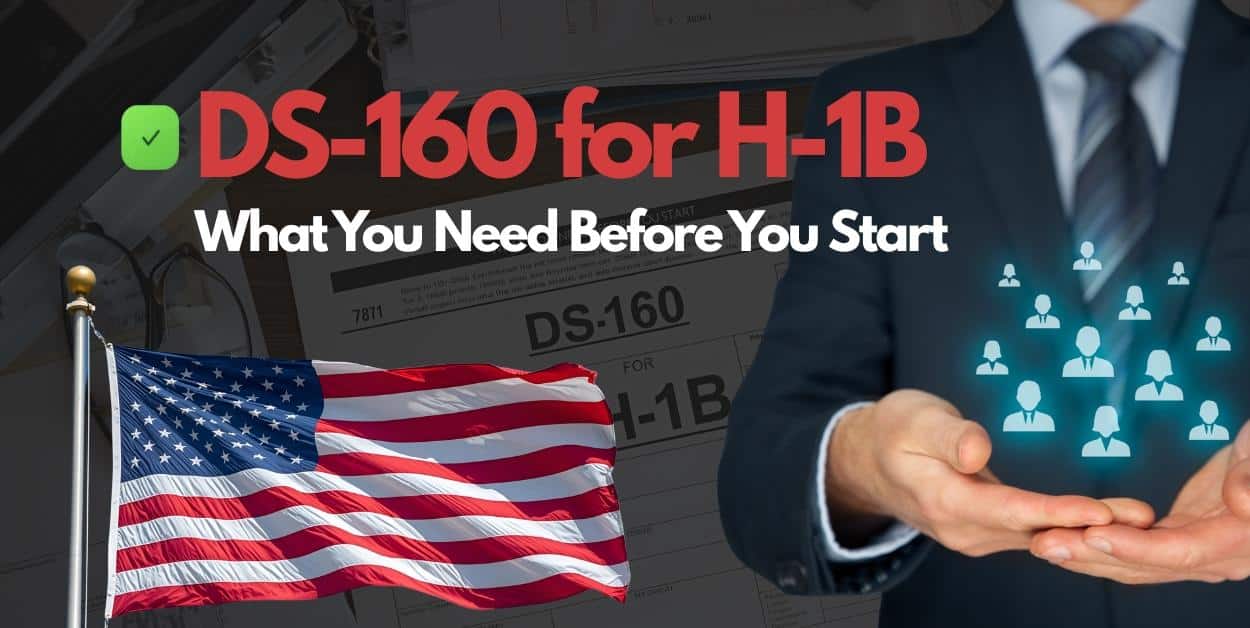For H-1B applicants outside the United States, the final step toward beginning your U.S. journey is obtaining a visa stamp through consular processing. This process begins with one of the most important documents in your immigration journey: the DS-160 Form, Online Nonimmigrant Visa Application.
The DS-160 is not just a form, it is the foundation of your visa interview at a U.S. Embassy or Consulate. Accuracy is critical. Even the smallest errors or inconsistencies can lead to delays, administrative processing, or even denial of your visa. That’s why completing this form with diligence is essential for success.
Where the DS-160 Fits in Your H-1B Process
Once your employer’s H-1B petition (Form I-129) is approved by USCIS, the case moves to the U.S. Department of State. If you are applying from abroad, you must complete the DS-160 form and attend a visa interview. A successfully approved application leads to the issuance of an H-1B visa stamp in your passport, allowing you to enter the United States to begin work with your sponsoring employer.
Why the DS-160 Matters
The DS-160 is more than a simple application. It is a legal declaration that plays a key role in determining your visa approval. To safeguard your application, keep these best practices in mind:
- Ensure Flawless Consistency: Cross-check every detail against your approved H-1B petition. Your job title, salary, duties, and work location must match exactly.
- Eliminate Errors: Correct mistakes and avoid ambiguities that may raise red flags with a consular officer.
- Maintain Compliance: Submit a complete, accurate, and regulation-compliant application to ensure a smooth interview process.
Key Things to Know Before Filing Your DS-160
Avoid common mistakes by following these essential guidelines:
- Consistency is Mandatory: All answers must align with your H-1B petition. Any discrepancies can be treated as misrepresentation.
- Honesty is Critical: Always disclose prior visa denials, immigration history, or criminal records truthfully. Hiding information is far more damaging than the information itself.
- Provide Complete History: Ensure your work and education history is accurate, with no unexplained gaps.
- Save Your Progress: The DS-160 can time out. Save your Application ID and update your work frequently.
- Review Before Submission: Once submitted, the DS-160 cannot be edited. Double-check every answer before signing electronically.
Conclusion: Treat the DS-160 With the Importance It Deserves
The DS-160 form may look like just another step, but it is truly the cornerstone of your H-1B visa stamping process. Every detail you provide influences how a consular officer assesses your case. By prioritizing accuracy, consistency, and honesty, you not only protect your visa approval but also strengthen your long-term U.S. immigration journey.
Approach the DS-160 with the same diligence and professionalism as your employer’s petition. A well-prepared application is your best path to a smooth interview and a successful entry into the United States.

